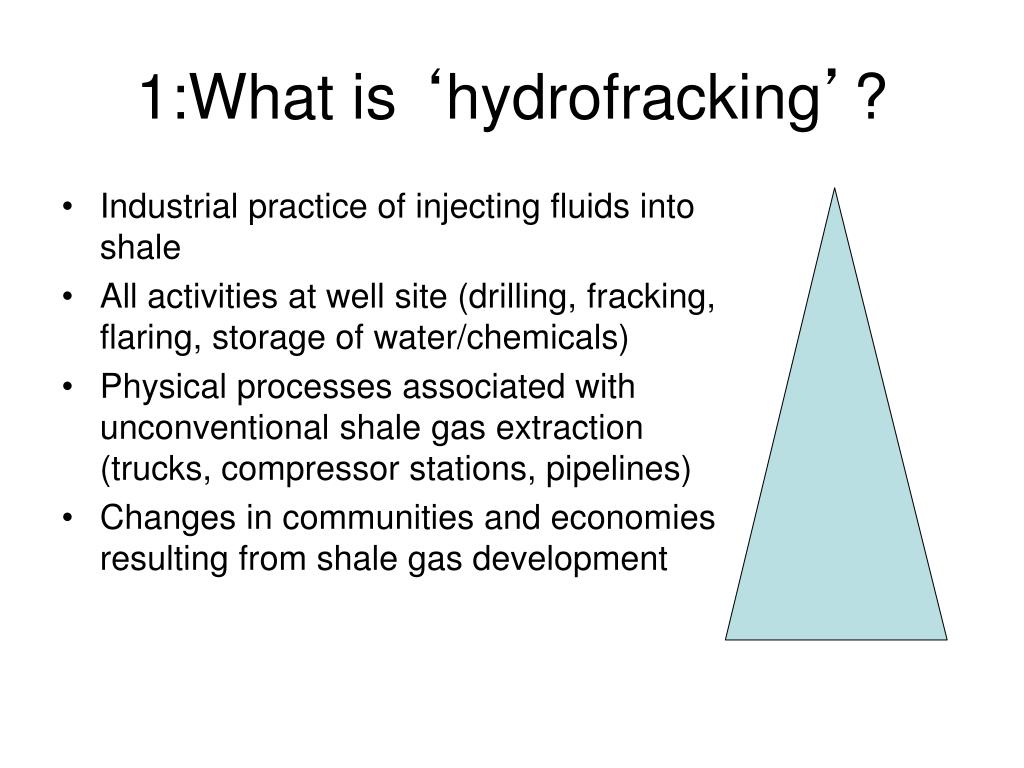

Neftohim Burgas (LNB) commercial ebullated-bed VR hydrocracker, which Very high level of conversion achieved in a LUKOIL Or to those known as the best performers. They are to the vacuum residues, which are known as worst performers In the LNB hydrocracker can be quantified as to how far or how close In this way, the potential vacuum residue candidates for processing Of similarity between subjects, which have multiple different characteristics. ICrA is distinguished from the typical correlationĪnalysis, giving the opportunity to quantitatively determine the degree Relations and define the degree of similarity between the different VR characterization aiming at finding the statistically meaningful Theĭata we used in our earlier studies contained vacuum residues whoseĪnalysis (ICrA) was also used in this study to evaluate the data of With a further increase of the density, which is unrealistic. Is developed, the predicted aromatic structure content starts to decrease Polynomial fit is that beyond the maximum density for which this regression The established relation from our earlier studies 9, 50 usedĪ second-order polynomial fit. Of the vacuum residue aromatic structure content from density since 5, 6, 16, 30− 49 The nonlinear least-squares method was applied to improve the prediction Residual oils having a very broad range of variations in the SARAĬomposition and relative density ( d 4 20) between 0.938 and 1.12, extracted from 22 literature sources. We have also used literature data for 139 vacuum LUKOIL Neftohim Burgas (LNB) method, 28 ASTMĭ-4124, 29 high-performance liquid chromatography Performed a study employing four different SARA analysis techniques: Has a large amount of error on repeat analysis. (TLC), also known as Iatroscan, is featured with a separation that 7 Youtcheff, 19 for example, pointed out that thin-layer chromatography SARA composition, however, can report different values even for the 11− 27 The different techniques employed to measure the vacuum residue Of oils and vacuum residues is saturates, aromatics, resins, and asphaltenes 8− 10 One of the most explored ways to characterize the chemical nature Residues can report incorrect values if no dilution approach is undertaken. 7 Even the measurement of the density of the vacuum Its low volatility, high viscosity, and high melting point. The characterization of the vacuum residue is not an easy task considering Residue hydrocracking technology in its processing scheme. Of the petroleum crudes, which can be processed in a refinery possessing Hydrocracking feed is of utmost importance for the right selection 4− 6 Therefore, characterization of the vacuum residue Single variable that most affects the performance of vacuum residue Was also shown to be capable of achieving 93% conversion on a commercial Is reported to commercially achieve an average conversion level ofĩ5%. Level are welcome in modern petroleum refining. Residue into high-value light oil products at the maximum conversion Therefore, the technologies that can convert the vacuum (VR) is the least valuable and the most unwanted product from petroleum The year 2050, with respect to the 1990 level, 1 or as feedstocks for the petrochemical industry. To decrease to reduce CO 2 emissions of 80–95% by The light oil fractions can be usedįor the production of transportation fuels, whose use is expected Middle distillates) and, to a lesser extent, the vacuum gas oil, whichĬan be used as a feed for catalytic cracking or as a source for the The high-value productsĪre the light oil fractions boiling below 360 ☌ (naphtha and Minimal unfavorable effects on the environment. Refining to produce high-value products at minimal costs and have The mineral source petroleum requires its


 0 kommentar(er)
0 kommentar(er)
